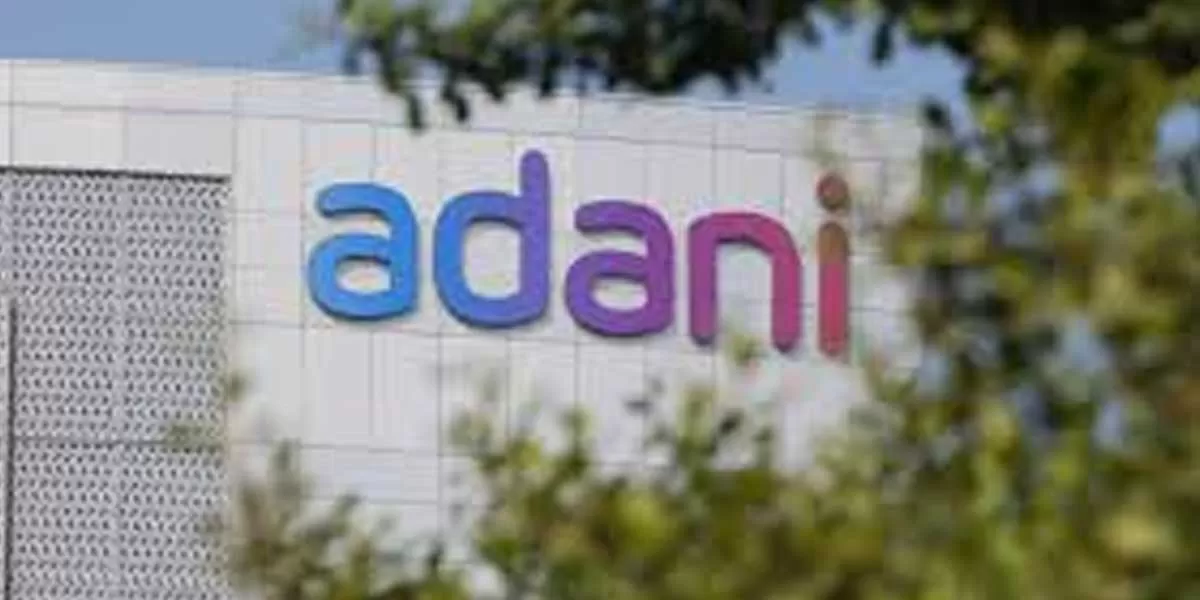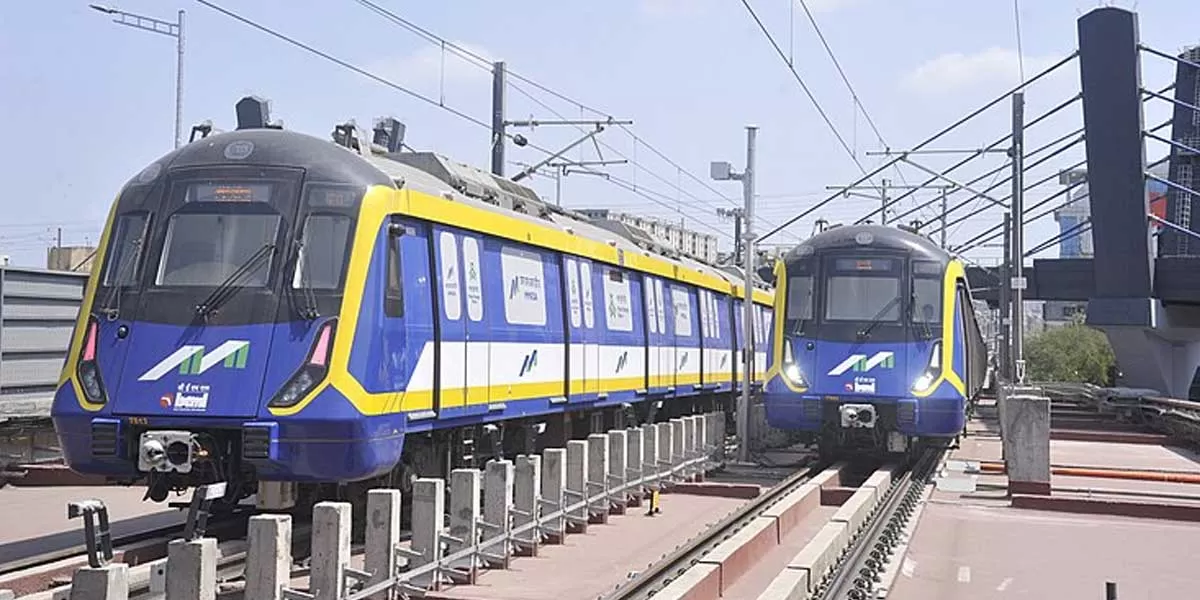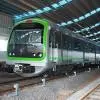Indian infrastructure is likely to witness a massive increase in investment with a target of Rs 105 trillion to be spent over the next five years (FY2020-FY2025), according to ICRA. At a time when overall economic growth is slowing, increasing investment in infrastructure can be a trigger to boost growth. The construction sector is likely to be a major beneficiary of this increased investment. Typically, infrastructure projects have a construction intensity of 60-80 per cent, which would result in order inflows of Rs 60 trillion to the construction sector over the next five years.
As per the recently unveiled National Infrastructure Pipeline (NIP), the majority of the Rs 105 trillion investment plan will be allocated to the transportation, energy, urban infrastructure and water sectors. The transportation sector can see a capital outlay of Rs 36 trillion with major investment in roads and highways, railways and ports over the next five years. While a large development plan is already under way for the national highways under the Bharatmala Pariyojana scheme, many states have also taken up large road development projects. Similarly, for the Railways, besides the regular capex of railway line upgradation, modernisation of railway stations and the bullet train project will necessitate a higher capital outlay over the next five years. In the ports sector, the Sagarmala programme is expected to see investment of Rs 1 trillion and an increased implementation push over the next five years. Airports are also likely to see a large investment of Rs 1.4 trillion over the next five years with some greenfield and brownfield airport expansion plans in the pipeline.
Further, the energy sector will get a major allocation in investments to the power, renewable, and oil and gas sectors. The oil and gas sector is likely to see a major capital outlay towards gas infrastructure. In the power generation segment, large investments are expected in the renewable and hydropower segments. Similarly, transmission sector infrastructure will also need investment to match the growing power demand. In total, the energy sector can witness about Rs 24.5 trillion of investment over the next five years with major investment coming from public-sector enterprises and private players.
The investment requirement in the urban infrastructure and housing sectors is also huge. Growing urbanisation will see the need for upgraded urban infrastructure like public transport, water supply, sanitation, waste management, urban roads, etc. In total, about Rs 16 trillion is planned for the urban infrastructure segment. According to ICRA’s expectations, metro-rail infrastructure itself is likely to require Rs 3 trillion over the next five years. Similarly, in the housing segment, the Housing for All scheme and affordable housing projects are likely to see major investments with incentives, including the PMAY scheme.
“The creation of the NIP in a short span of time is a positive step,” says Shubham Jain, Senior Vice-President and Group-Head, Corporate Ratings, ICRA.“The distribution of infrastructure investment is in line with our expectations with major allocation going towards the transportation, energy and water segments. The front-loading of capex is also positive for the construction sector.”
While increasing investment in infrastructure is a key focus area of the Government, fiscal constraints remain a challenge. Owing to this, a part of the investment has been undertaken through extra budgetary resources and borrowings at the CPSEs level. For example, in the roads sector, the NHAI has substantially increased the pace of execution; however, it has taken up considerable borrowings to fund the same over the past five years. Thus, with the significant increase in infrastructure investment planned, increased budgetary support and private-sector participation will be crucial.
“While the target of scaling up investment in infrastructure is achievable, it would be filled with challenges,” adds Jain. “The Central Government will require support from the state governments and the private sector to achieve this significant scale-up of investment as these two together have to undertake over 61 per cent of the investment. Further, reducing bottlenecks and resolving issues that have resulted in significant cost and time overruns will be vital for efficient utilisation of the planned investment.”
To support infrastructure investment, the National Investment and Infrastructure Fund (NIIF) has been created with a capital of ~Rs 400 billion to invest in commercially viable infrastructure projects. Similarly, instruments like the Infrastructure Investment Trust (InvITs) have shown the potential of channelling long-term capital (like pension and insurance funds) into the infrastructure sector. These innovative funding instruments can attract private investment and bridge the infrastructure funding gap.

















